Here is a kitchen for you...
Donaleen Kohn
10 years ago
Related Stories

KITCHEN CABINETSChoosing New Cabinets? Here’s What to Know Before You Shop
Get the scoop on kitchen and bathroom cabinet materials and construction methods to understand your options
Full Story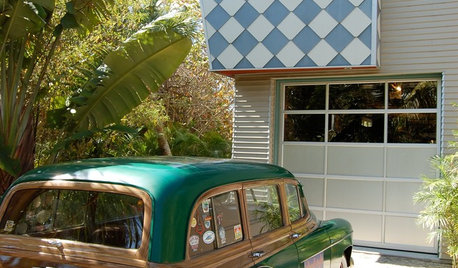
MOVINGRelocating? Here’s How to Make the Big Move Better
Moving guide, Part 1: How to organize your stuff and your life for an easier household move
Full Story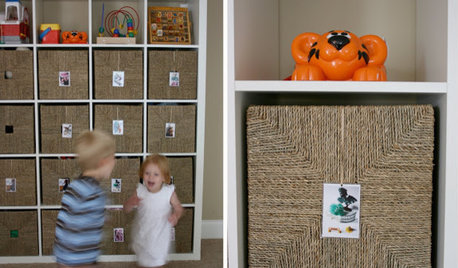
LIFERelocating? Here’s How to Make Moving In a Breeze
Moving guide, Part 2: Helpful tips for unpacking, organizing and setting up your new home
Full Story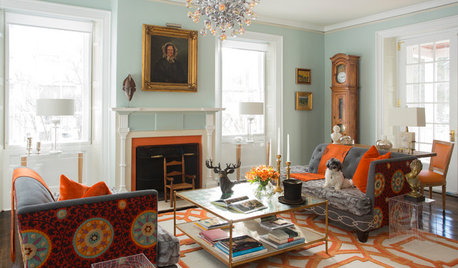
COLORWant More Color in Your Home? Here’s How to Get Started
Lose your fear of dabbling in new hues with these expert words of advice
Full Story
SPRING GARDENINGSpring Gardens Are Waking — Here’s What to Do in March
Excitement fills the air when gardens come back to life. These guides will help you make the most of yours
Full Story
ANTIQUESInherited an Antique? Here’s How to Work It Into Your Home
Find out how to make that beloved vintage piece fit in with your decor
Full Story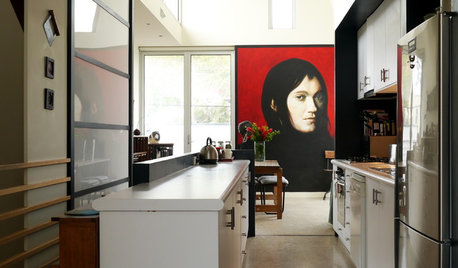
ARTHere’s Looking at You: Supersize Portraiture at Home
Go big. Go bold. Hang huge portraits on blank walls for maximum impact
Full Story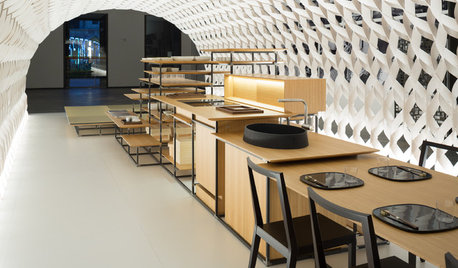
HOMES AROUND THE WORLDThe Kitchen of Tomorrow Is Already Here
A new Houzz survey reveals global kitchen trends with staying power
Full Story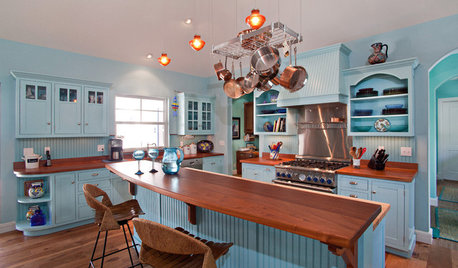
KITCHEN DESIGNHere's Help for Your Next Appliance Shopping Trip
It may be time to think about your appliances in a new way. These guides can help you set up your kitchen for how you like to cook
Full Story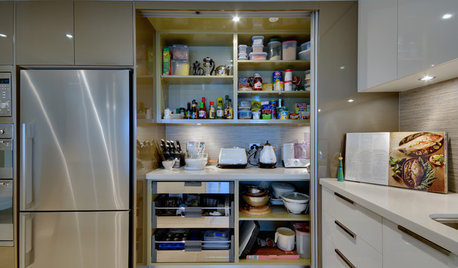
KITCHEN STORAGEMove Over, Soup Cans — the Kitchen Appliances Are Here
Design a pantry with room for mixers, coffeemakers and more, for less countertop clutter and handy access
Full Story









tea4all
Mrs_Nyefnyef
Related Professionals
Peru Kitchen & Bathroom Designers · Pleasanton Kitchen & Bathroom Designers · Sun City Kitchen & Bathroom Designers · South Sioux City Kitchen & Bathroom Designers · Pinellas Park Kitchen & Bathroom Remodelers · Portage Kitchen & Bathroom Remodelers · Vashon Kitchen & Bathroom Remodelers · Wilmington Kitchen & Bathroom Remodelers · Aspen Hill Cabinets & Cabinetry · Crestline Cabinets & Cabinetry · Forest Hills Cabinets & Cabinetry · Lindenhurst Cabinets & Cabinetry · Hermosa Beach Tile and Stone Contractors · La Canada Flintridge Tile and Stone Contractors · Turlock Tile and Stone Contractorssuzanne_sl
eam44
rosie
rosie
Donaleen KohnOriginal Author
lolauren
peony4
raee_gw zone 5b-6a Ohio
eam44
Donaleen KohnOriginal Author
eam44
mrsc